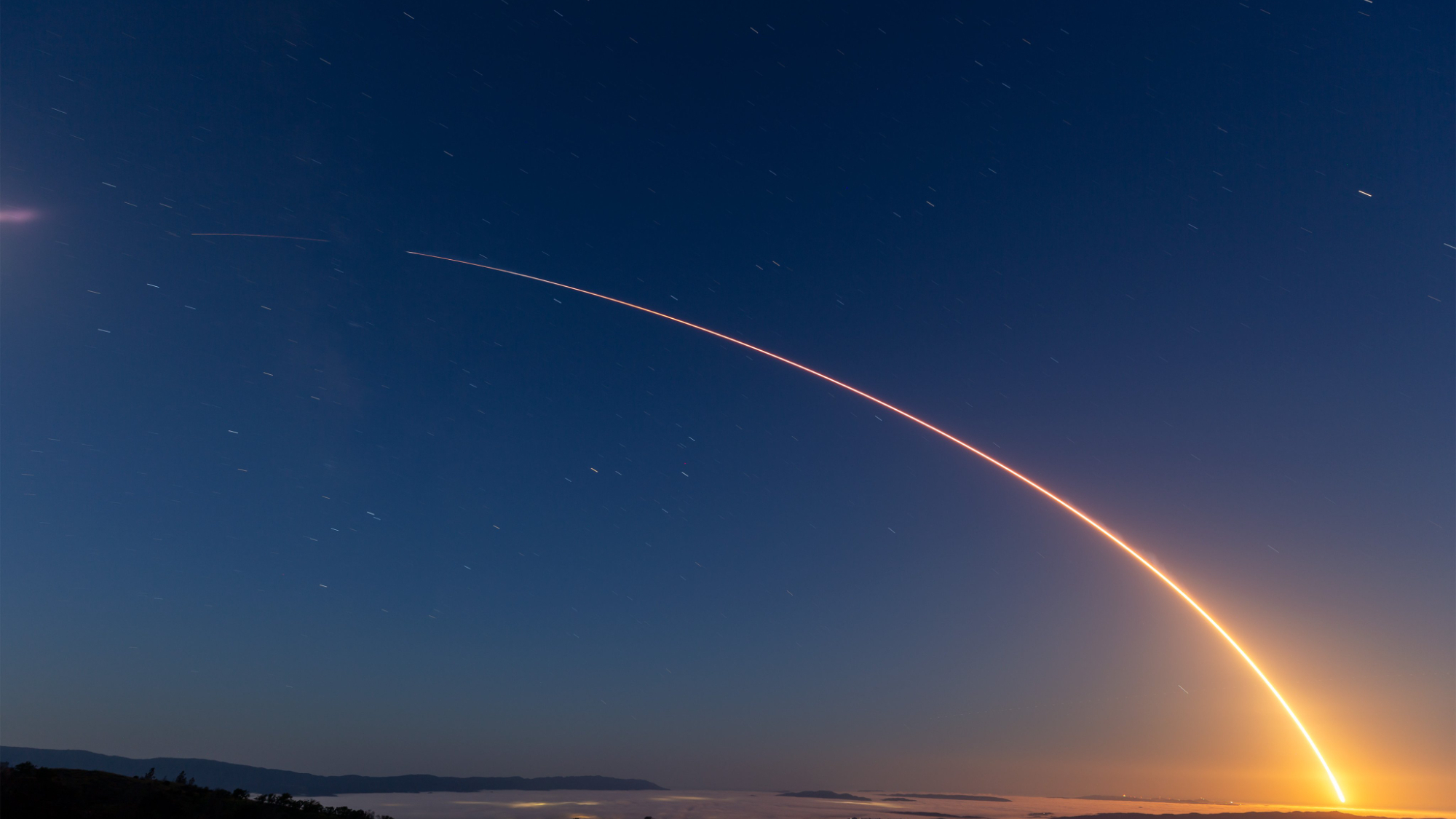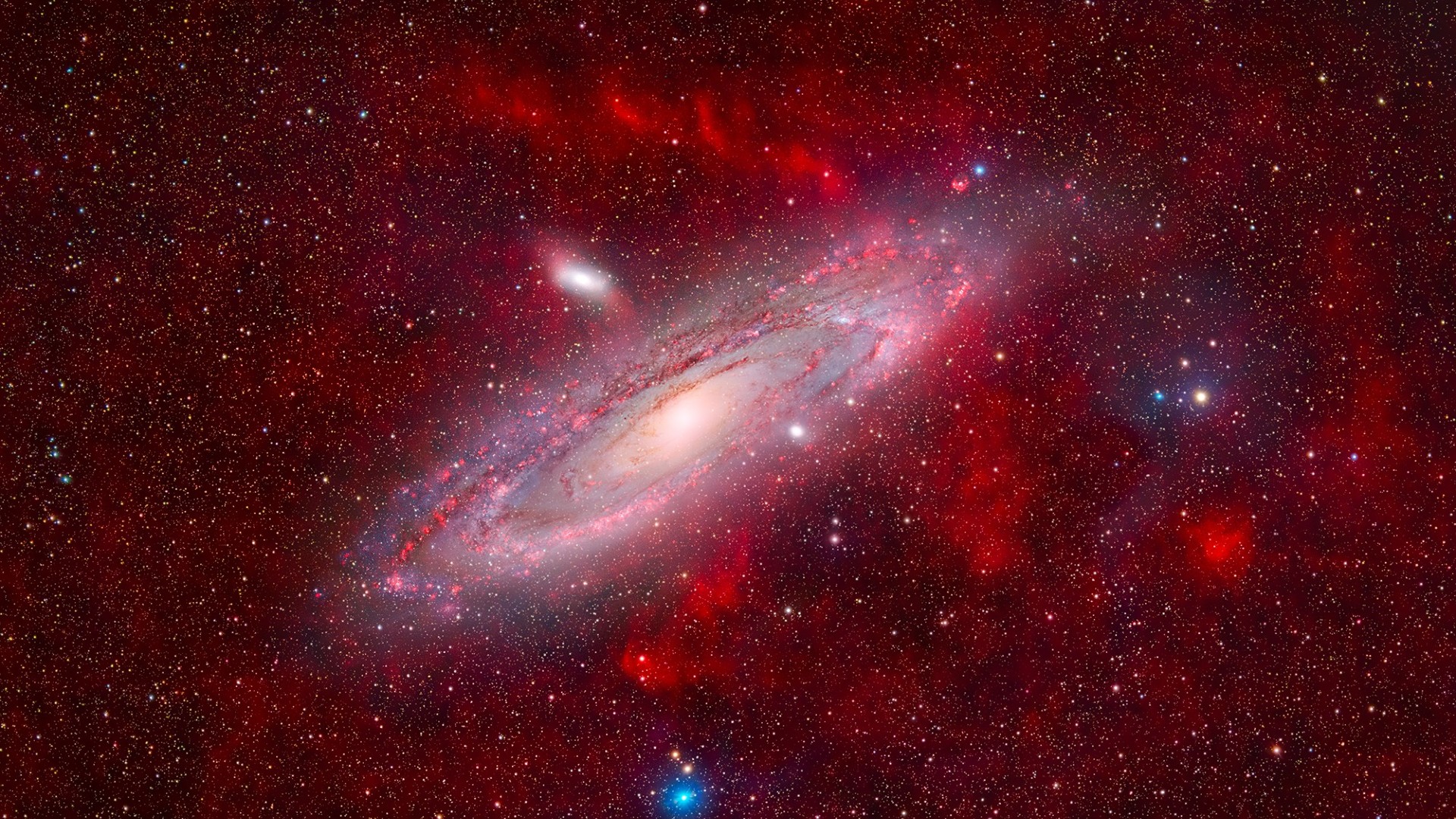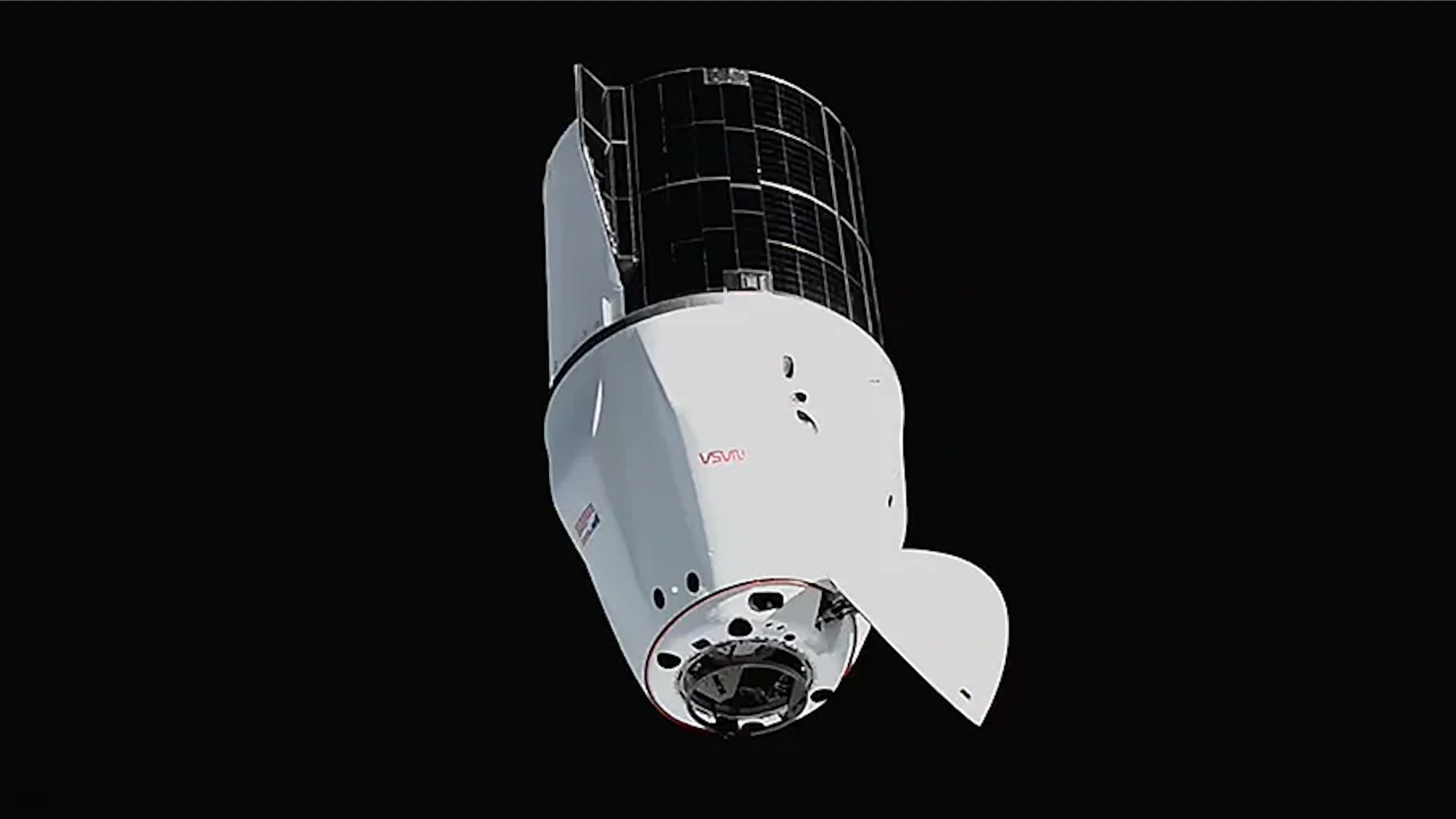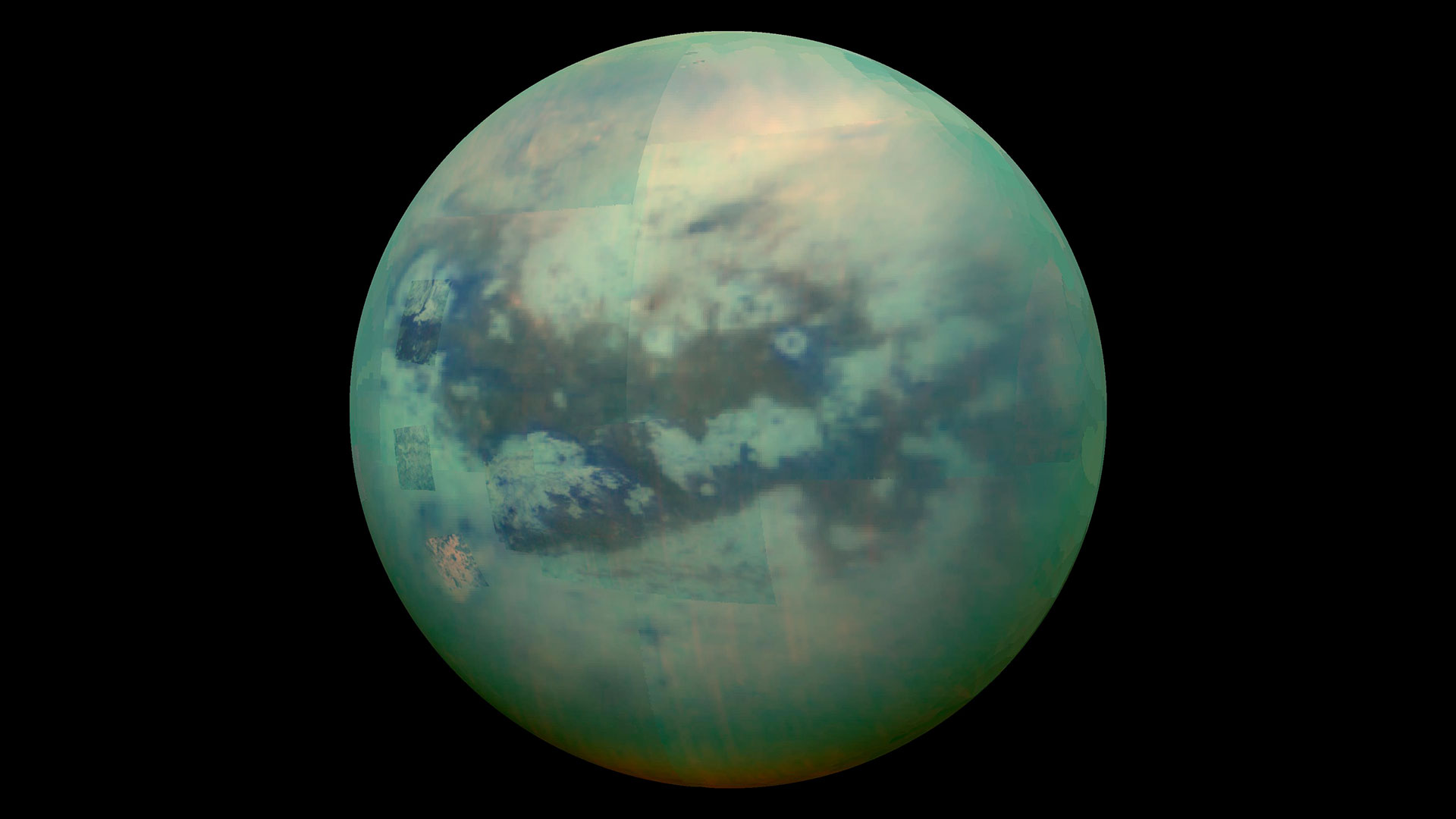Bright comet G3 ATLAS seen from space in new astronaut photo
"It is totally amazing to see a comet from orbit."
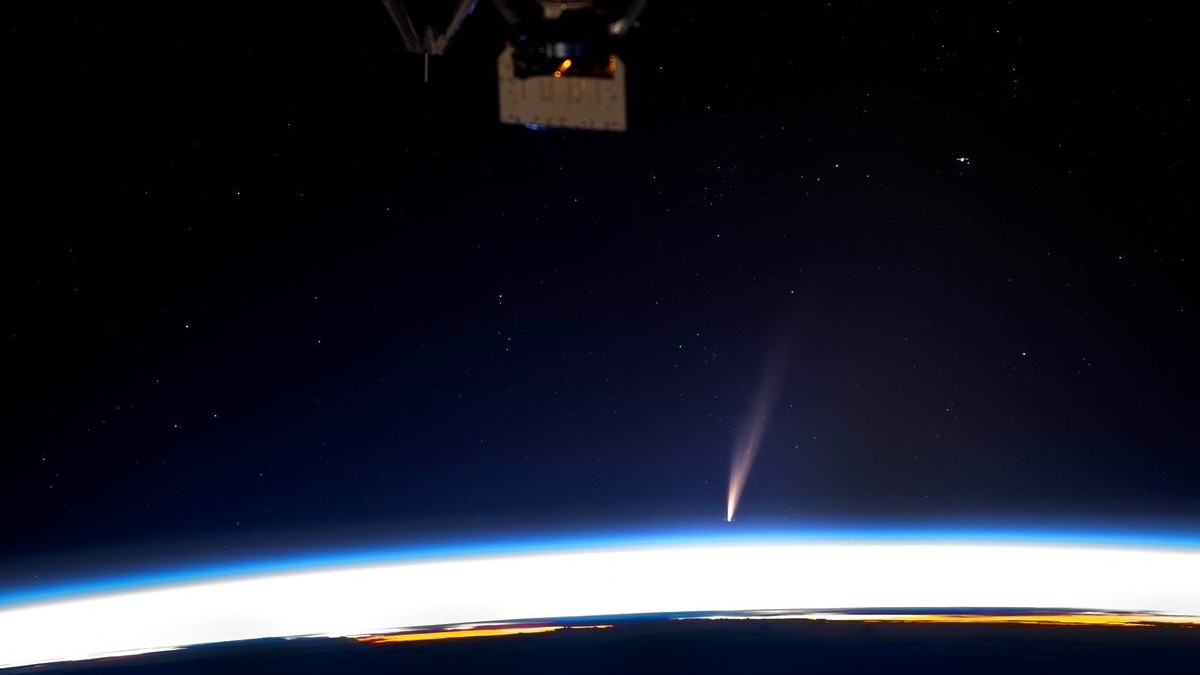
Astronauts witnessed the brightest comet of 2025 from space as it streaked across the sky above Earth.
A new photo taken from the vantage point of the International Space Station (ISS) captures the brilliant comet known as C/2024 G3 ATLAS, which could be the brightest of 2025, experts say.
"It is totally amazing to see a comet from orbit," NASA astronaut Don Pettit, who is currently serving as a flight engineer and member of the Expedition 72 crew aboard the orbiting lab, said in a post on X (formally Twitter) when sharing the photo. "Atlas C2024-G3 is paying us a visit."
The ISS photo, which was shared on Jan. 11, captures the comet as it blazes through space. It exhibits a long visible tail that is made of gas and dust particles created when the comet gets close to the sun and its icy nucleus begins to vaporize.
In the photo from the space station, the comet is captured just above Earth’s horizon, which is illuminated by a bright light — also known as airglow — that occurs in the planet’s upper atmosphere when atoms and molecules emit light after being excited by sunlight.
G3 ATLAS is believed to be an old comet, having made at least one previous close approach to the sun, with an orbital period of roughly 160,000 years. It reached its peak brilliance this week, coinciding with perihelion, or its closest point to the sun, on Monday (Jan. 13).
The joint NASA/ESA Solar and Heliospheric Observatory ("SOHO"), which primarily observes the sun's corona, also caught a glimpse of comet G3 ATLAS. A timelapse of observations between Jan. 11 and Jan. 13 shows the comet's path and captures its exceptional brightness as it travels near the sun.
Get the Space.com Newsletter
Breaking space news, the latest updates on rocket launches, skywatching events and more!
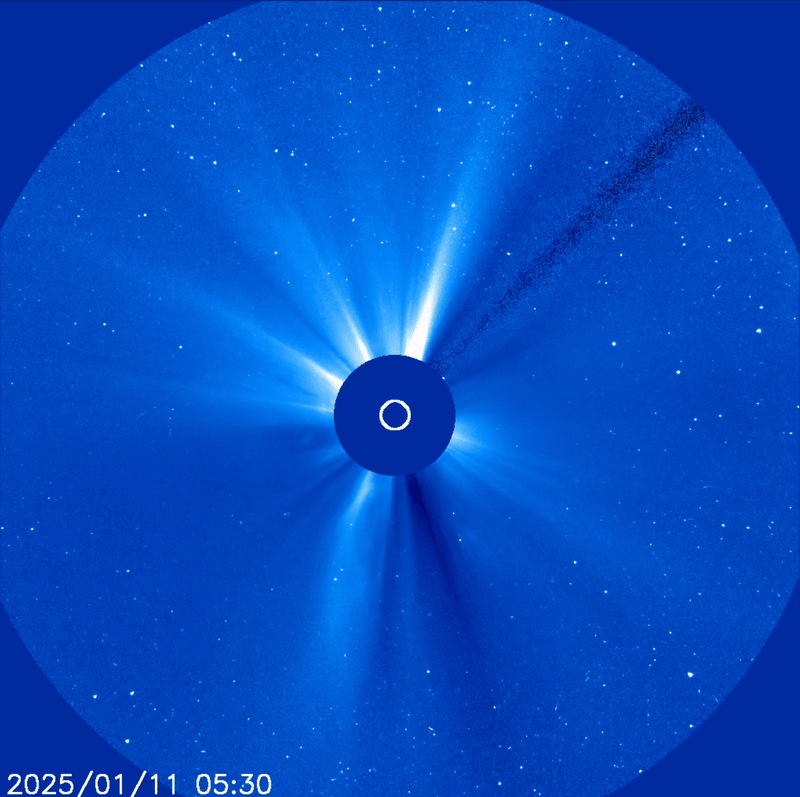
However, as bright as the comet may be, it will be very hard to see since it will be so close to the sun. It can also be dangerous to observe during the daytime since looking up at the sun without proper eye protection, even for a brief amount of time, can cause severe retinal damage or even permanent blindness.
Instead, the safest way to watch the comet's close brush with the sun is to view it on your computer screen. And, be sure to check back at Space.com for more updates on the comet and photos shared of its close approach with the sun.
Join our Space Forums to keep talking space on the latest missions, night sky and more! And if you have a news tip, correction or comment, let us know at: community@space.com.
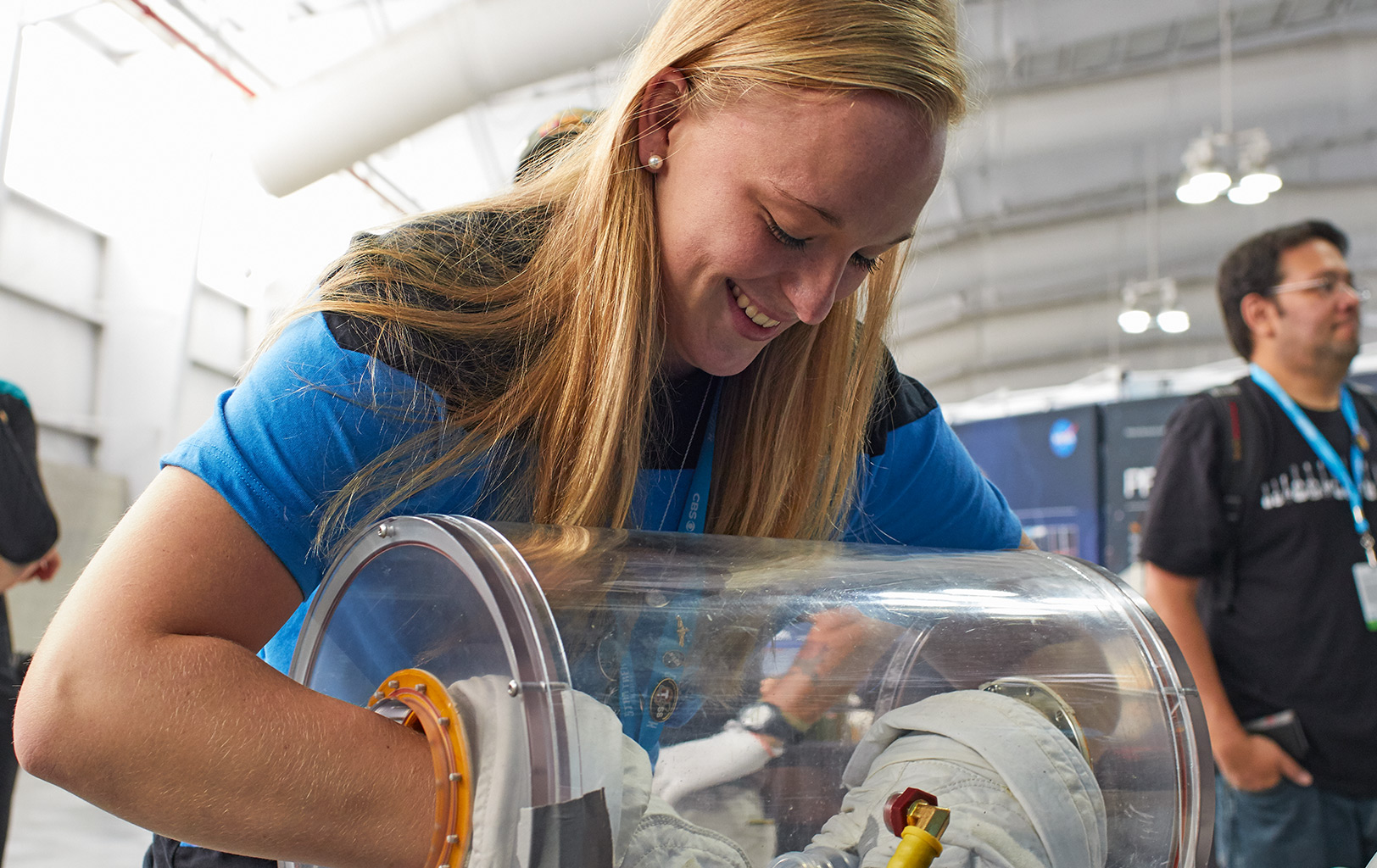
Samantha Mathewson joined Space.com as an intern in the summer of 2016. She received a B.A. in Journalism and Environmental Science at the University of New Haven, in Connecticut. Previously, her work has been published in Nature World News. When not writing or reading about science, Samantha enjoys traveling to new places and taking photos! You can follow her on Twitter @Sam_Ashley13.
